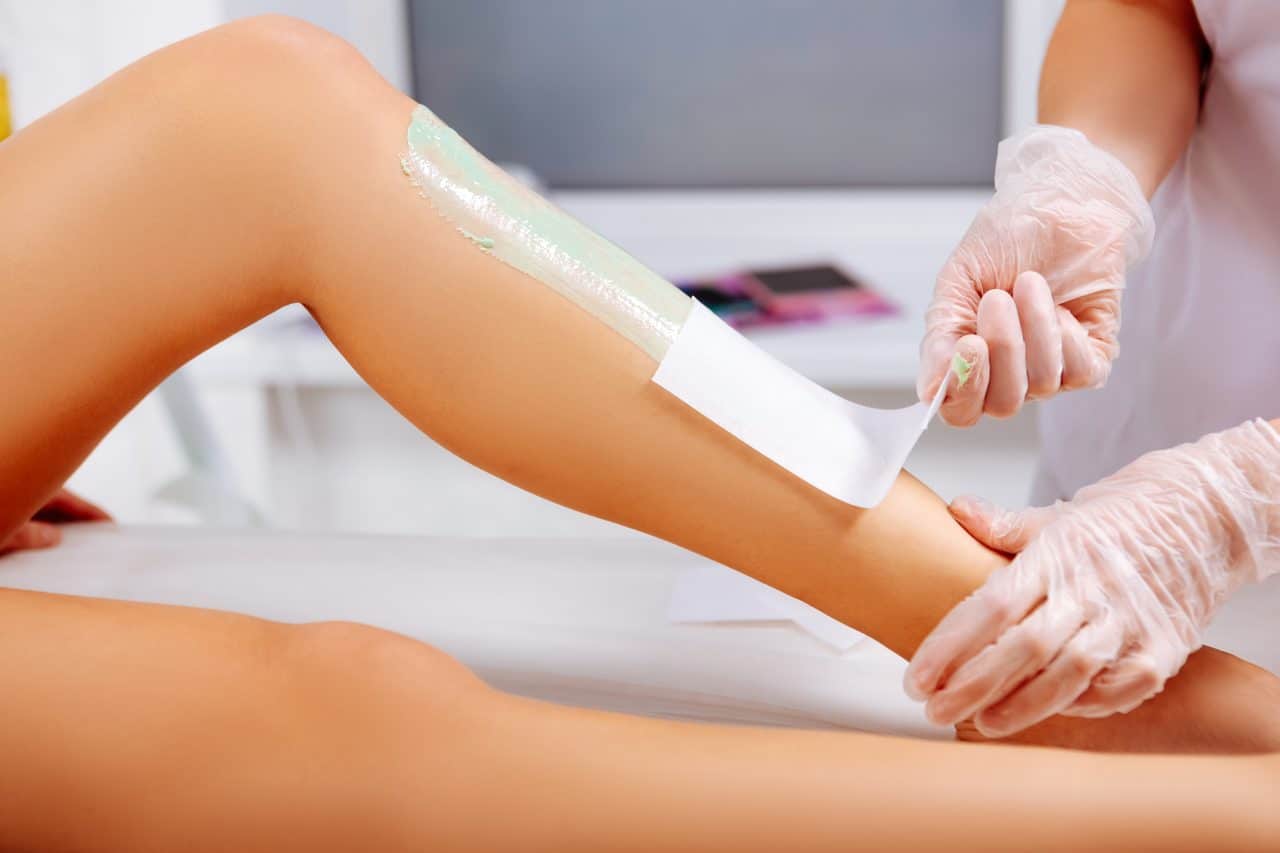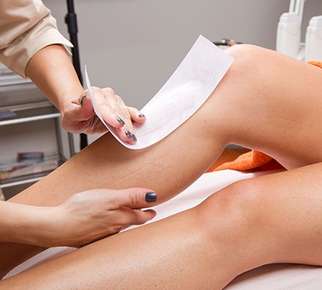Bid Farewell to Unwanted Hair With Effective Shaving Treatments
Undesirable hair can be a problem, however fortunately, there work waxing therapies readily available to help you claim bye-bye to it. From the benefits of waxing to various types of treatments and tips for preserving smooth, hair-free skin, this discussion will certainly cover all you require to recognize regarding this prominent hair elimination method. So, if you're tired of regularly dealing or shaving with irritable regrowth, keep reviewing to discover the wonders of shaving and just how it can reinvent your hair elimination routine.
The Advantages of Waxing
Unlike various other methods such as shaving or utilizing depilatory lotions, waxing gets rid of hair from the origin, resulting in a smoother finish and slower regrowth. As a result, the regrowth is commonly sparser and better, making waxing an extra efficient and reliable method of hair removal.
Another benefit of waxing is that it scrubs the skin. When the wax is applied and then removed, it removes dead skin cells, leaving the skin feeling smooth and soft. This peeling process not just gets rid of hair but additionally assists to enhance the total texture and appearance of the skin. Additionally, waxing can additionally help to lighten dark areas and reduce the appearance of scars or pigmentation, giving the skin a more even and radiant skin.
Additionally, waxing gives longer-lasting results compared to various other hair elimination techniques. While shaving only cuts the hair at the surface area level, waxing removes the whole hair shaft, causing slower regrowth. Typically, waxing can maintain the skin hair-free for up to four to six weeks, relying on the person's hair growth cycle. This makes waxing a practical option for those that intend to minimize the frequency of their hair elimination routine.
Different Types of Shaving Treatments
There are various approaches of hair elimination that include the usage of waxing techniques. Waxing is a preferred and effective method to eliminate undesirable hair from different components of the body.
Strip Waxing: This is one of the most traditional form of waxing where a thin layer of wax is related to the skin and after that removed using a towel strip. Strip waxing appropriates for larger locations like the legs, arms, and back.
Hot Waxing: Hot waxing entails the application of heated wax directly onto the skin. The wax solidifies as it cools and is then gotten rid of without the demand for towel strips.
Sugaring: Sugaring is an all-natural alternative to waxing that uses a paste made of sugar, water, and lemon juice. The paste is applied to the skin and then snapped off to eliminate the hair.
Tough Waxing: Hard shaving, additionally understood as stripless shaving, is an approach where a thick layer of wax is used directly to the skin and allowed to harden. Once set, the wax is removed without the requirement for cloth strips. Hard shaving is appropriate for sensitive areas like the face, underarms, and swimwear line.
Each kind of waxing treatment provides its own benefits and disadvantages, so it's important to select the one that matches your demands and choices. Consulting with a specialist esthetician can help determine the very best shaving treatment for you.
Getting Ready For a Shaving Treatment
To make certain an effective waxing therapy, it is essential to appropriately prepare your skin ahead of time. By taking the needed actions to prepare your skin, you can minimize discomfort and attain the very best results.
Before your waxing visit, it is suggested to exfoliate your skin. This aids to get rid of any dead skin cells and allows the wax to stick much better to the hair follicles.

Moreover, it is advisable to stay clear of using any type of creams, oils, or lotions to the skin on the day of your waxing treatment. These products can produce an obstacle in between the hair and the wax, making it hard for the wax to adhere effectively. It is best to get here with tidy, dry skin for the most reliable outcomes.

What to Anticipate During a Waxing Session
Throughout a waxing session, a qualified esthetician will very carefully apply warm wax to the preferred location and afterwards promptly eliminate it, together with the unwanted hair, utilizing a cloth strip. This procedure is duplicated till the whole area is treated.
Prior to starting the session, the esthetician will clean the area to be waxed to eliminate any type of oils, creams, or dust that may interfere with the wax adhering properly to the hair. They may additionally apply a light dusting of powder to guarantee the wax adheres to the hair and not the skin.
When more info here the wax is used, the esthetician will certainly push a fabric strip onto the waxed location, ensuring it sticks well. They will after that swiftly pull the strip in the contrary direction of hair development, getting rid of the wax and hair from the root. This might trigger a short-lived stinging or discomfort, which need to go away rapidly.
After the waxing is total, the esthetician might use a relaxing cream or gel to additional reading the cured location to minimize any type of possible soreness or irritability. They will additionally offer aftercare guidelines, which may consist of staying clear of sun exposure, exfoliating the location regularly, and abstaining from shaving in between waxing sessions.
Tips for Preserving Smooth, Hair-Free Skin
For people seeking to keep smooth, hair-free skin after waxing treatments, developing a regular skincare regimen is crucial. Complying with a few easy ideas can help guarantee that your skin stays hair-free and smooth for longer time periods.
Peeling helps to eliminate dead skin cells and protect against in-grown hairs. Make use of a gentle exfoliating scrub or brush to gently jettison off any dead skin, focusing on the waxed locations.
After waxing, the skin can become delicate and completely dry. Applying a hydrating lotion or oil can help calm the skin, stop irritation, and maintain its natural wetness balance.
Finally, stay clear of exposing the waxed areas to guide sunlight or tanning beds. UV rays can damage the skin and make it much more prone to pigmentation adjustments and irritability. If you do need to invest time outdoors, be certain to apply a broad-spectrum sun block with at the very least SPF 30 to safeguard your waxed skin.
Final Thought
To conclude, waxing treatments use numerous benefits for those looking for a hair-free and smooth skin. Different types of waxing therapies deal with numerous preferences and skin kinds. Prior preparation and understanding what to anticipate during a waxing session can assist ensure a much more comfy experience. Ultimately, proper aftercare and upkeep are crucial for maintaining hair-free and smooth skin for a prolonged time period.
When the wax is used and after that eliminated, it takes away dead skin cells, leaving the skin sensation smooth and soft. Strip Waxing: This is the most conventional form of waxing where a thin layer of wax is used to the skin and after that eliminated making use of a fabric strip. Hot Waxing: Warm waxing includes the application of heated wax directly onto the skin. These products can develop a barrier between the wax and the hair, making it tough for the wax to stick properly.Once check that the wax is used, the esthetician will push a towel strip onto the waxed location, ensuring it adheres well.